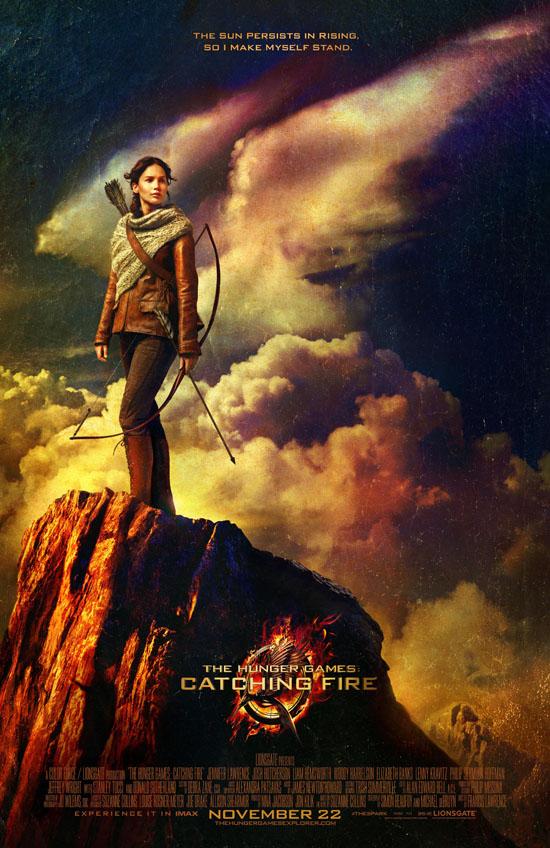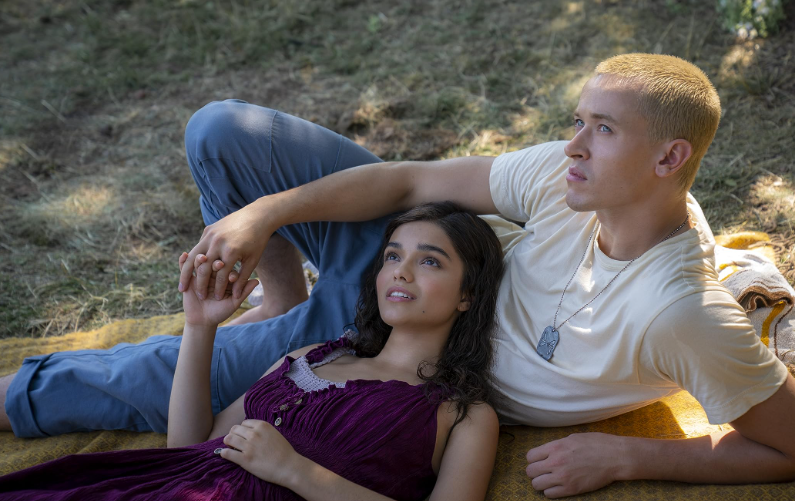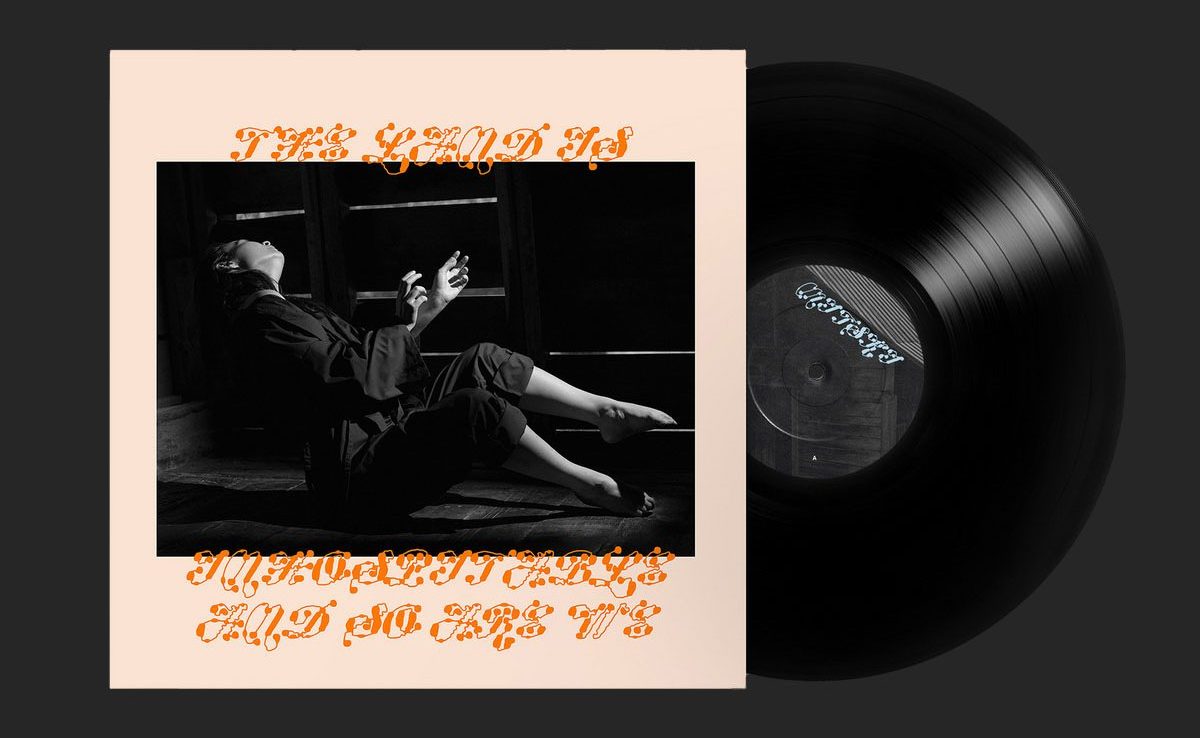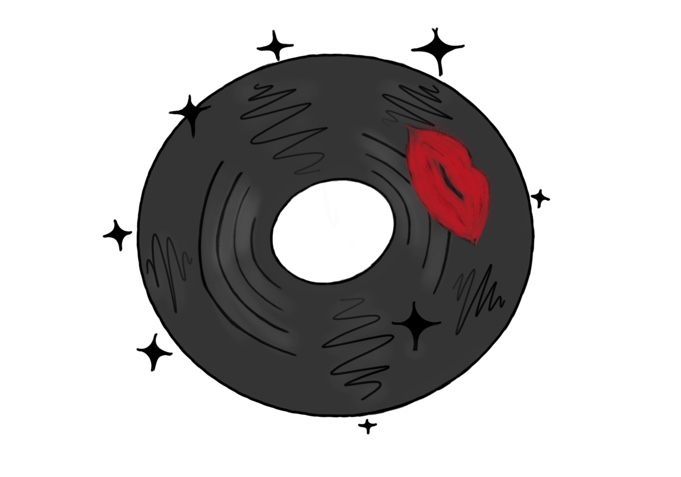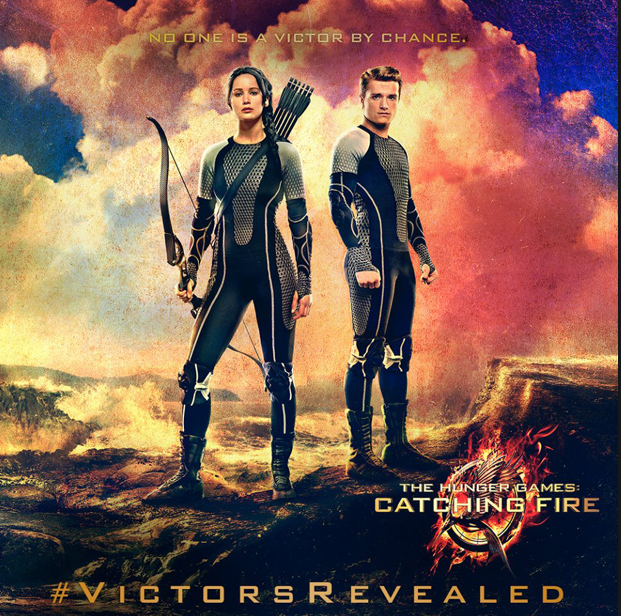
Fans have long-anticipated the second movie in the Hunger Games trilogy. The books gained fame after the release of the first in the series,
, in 2008 and have continued to catch fire (pun intended) ever since.
Hunger GamesBeing a
enthusiast myself, going to see all the movies was a no-brainer. As much as I try not to be one of those snobs, I was inevitably preparing myself to catch all the discrepancies between the movie and the book. But this time, as I exited the theater, all I could do was wipe the tears from my eyes (a mixture of emotion and partially a side effect of my eyes adjusting to the too-bright fluorescents) and try to form a coherent thought.
For those of you who haven’t read the books or just need a mild refresher, The Hunger Games take place in a futuristic world, in a nation called Panem. There is a Capitol that rules over 12 districts, each known for a different staple good: coal, timber, jewelry, weaponry, fishing, electricity, grain, etc.
Jennifer LawrenceThe story centers around Katniss Everdeen, played by
Silver Linings Playbook(
Josh Hutcherson), and Peeta Mellark, played by
Bridge to Terabithia(
Catching Fire,), both from District 12, who won the Hunger Games that the Capitol hosts each year. In
Katniss has become the symbol of rebellion for the districts against the Capitol and has made enemies with President Snow.
In a starling turn of events, Katniss and Peeta, though victors, once again find themselves participants in the Hunger Games. The focus of the second film is rebellion against the Capitol, as well as survival in the games. In an attempt to not give it all away, I’ll stick to the basics.
Catching Firewas, in one word, phenomenal. Not only was it a good film by the standards of the book, but it stands alone in its greatness. I have a hard time calling the characters actors because they so marvelously embodied their roles. When Katniss cried, I found myself crying (but then again, I’m a movie-cryer). As Katniss fell in love, I fell in love, too. The chemistry between Peeta ad Katniss was tangible, and every girl in that theater was wishing she was lucky enough to be able to plant one on Josh Hutcherson.
All of us in the audience were taking that journey right along with all of the characters: the loss, the hope, the love, the fear and the anger.
When the movie ended, I didn’t want to get up and leave and go back to worrying about things like my upcoming biology test. As terrible as it was, I wanted to be in their world.
MockingjayThe movie ended at the best but worst spot. Terrible because (a) it was finished and (b) they left us hanging, but wonderful because it set us up for the perfect finale movie:
Mockingjay. The last in the trilogy,
promises to be an epic end to a great series — though it’s a bit annoying that it’s broken into two parts.
Catching Fire,If you haven’t already seen
I highly, highly recommend it. You might even see me there because I intend on seeing it many more times.
By Trisha Chaudhary











































































